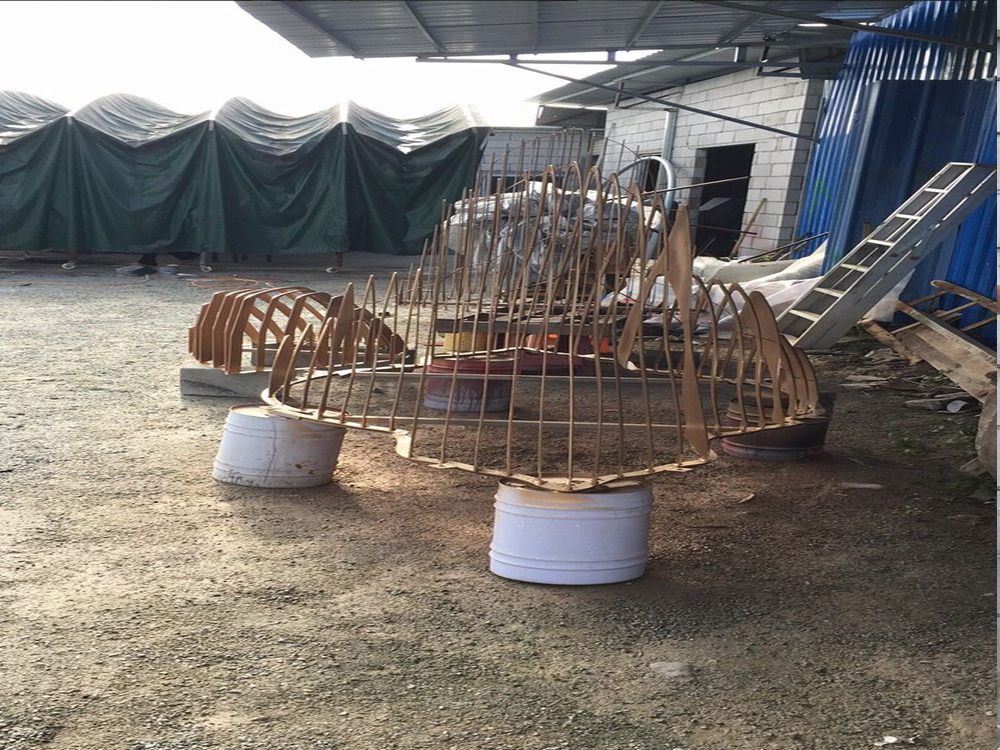
Bronze sculptures, despite their solid and rigid nature, often appear to flow with life and movement. Artists employ several techniques to create this illusion of fluidity and motion. One key method is the use of dynamic poses—capturing figures mid-action, such as a dancer twirling or a horse galloping. These poses suggest energy and progression, making the static metal seem alive.
Another technique involves manipulating surface textures. By varying the smoothness and roughness of the bronze, artists can simulate the effect of wind, water, or fabric in motion. Delicate, flowing lines or rippling patterns enhance the sense of movement.
Strategic detailing also plays a crucial role. Fine, elongated limbs or exaggerated curves can elongate forms, creating a visual rhythm that guides the viewer’s eye along the sculpture. Additionally, negative space—empty areas around the sculpture—can imply motion, as seen in open gaps between limbs or swirling drapery.
Finally, patination—the application of colored finishes—can add depth and highlight motion. Contrasting shades or gradients can emphasize directional flow, making the sculpture appear to shift as the viewer moves around it.
Through these methods, bronze sculptors transform cold metal into vibrant, dynamic art that seems to breathe and move.

